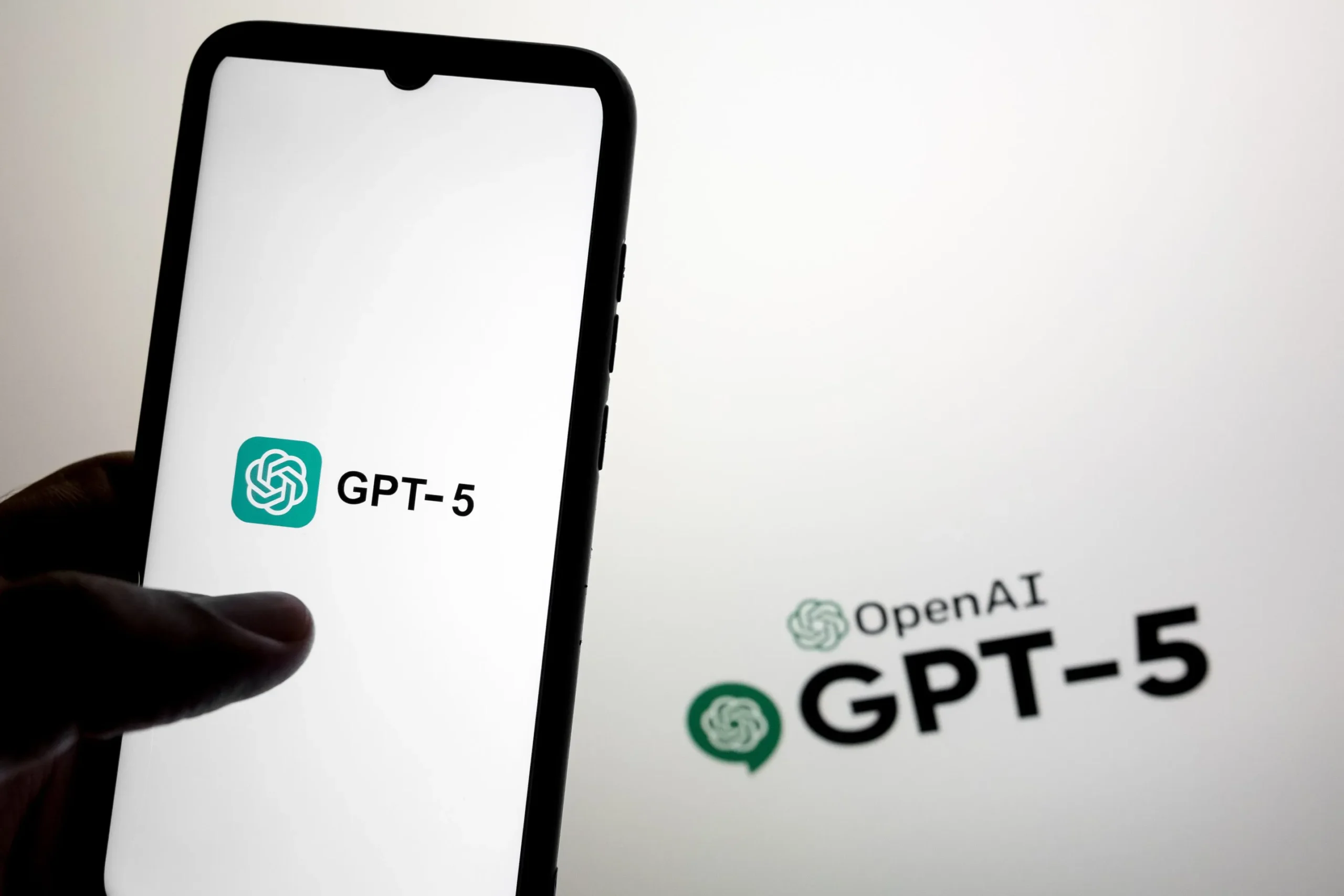Just about half a year after OpenAI shook the tech world with the public release of ChatGPT powered by GPT-3.5 in late November 2022, the company launched GPT-4. While OpenAI, led by CEO Sam Altman, continues refining its latest language model, work on the next generation—GPT-5—is already well underway.
In this article, we gather all the available information on GPT-5: its potential release date, features, technical upgrades, and how it differs from its predecessors.
Release Timeline: When Will GPT-5 Arrive?
There is no official release date yet, and the five-month gap between GPT-3.5 and GPT-4 should no longer be taken as a reference.
In August 2023, Sam Altman stated that OpenAI was not yet training GPT-5 and wouldn’t be doing so for some time. In September, he reiterated that there was still “a lot of work to do before we get to GPT-5,” citing the need for more safety audits.
However, that didn’t mean preparations hadn’t begun. In July 2023, OpenAI filed to register the GPT-5 trademark with the U.S. Patent and Trademark Office—a process that can take months.
By March 2024, signs of acceleration emerged: Business Insider reported that some enterprise customers had already tested early GPT-5 samples. On OpenAI’s own podcast, Altman hinted that GPT-5 could debut in summer 2025.
There was also speculation around the codename Orion. The Verge initially reported that Orion would launch in December 2024—but it later became clear that Orion referred to GPT-4.5, the company’s last “no chain-of-thought” model.
As of early 2025, it seems GPT-5 is slated for early August 2025, rolling out first to close partners like Microsoft before reaching the general public. According to OpenAI executive Tadao Nagasiki, Orion (now believed to be GPT-5) will be up to 100 times more powerful than GPT-4 thanks to improved architecture and efficiency.
Expected Features and Innovations
1. Expanded Multimodality
OpenAI’s trademark filing links GPT-5 to a wide range of technologies: from downloadable software for running language models to AI for generating human-like speech and text, as well as translation, predictive analytics, and machine learning tools.
Sam Altman has hinted at a more multimodal model than ever before, integrating voice, images, and—importantly—video capabilities, which have not been present in earlier models. This would place GPT-5 in direct competition with Google’s Gemini Ultra.
2. Stronger Reasoning Abilities
One of Altman’s key goals is improving reasoning—an area where GPT-4 still has limitations. Internal testing of a codename project called Strawberry shows GPT-5 achieving human-like reasoning and scoring above 90% on the MATH benchmark.
3. Reliability and Accuracy
GPT-5 aims to be more trustworthy in its responses. Altman notes that GPT-4 might give an excellent answer 1 in 10,000 times but can’t always identify which answer is best. GPT-5 will work to boost that consistency.
4. Adaptability and Personalization
The model is expected to adapt to individual preferences, including integration with personal data like calendars or emails (with user consent) to provide more tailored responses.
5. Autonomous Internet Navigation
GPT-5 is rumored to plan and browse the web independently, enhancing its ability to research and provide up-to-date answers.
6. Memory Improvements
In June 2025, Altman revealed that GPT-5 will better remember important details about each user, respecting privacy safeguards.
Technical Differences from GPT-4
GPT-4, especially in its Turbo version, brought improvements in precision and speed, along with features like “speech in, speech out.” GPT-5 will push further by:
- Improving comprehension and reliability.
- Adding integrated video processing.
- Increasing reasoning capability through more advanced architecture.
- Potentially surpassing human-level intelligence in some domains.
While it’s unknown if GPT-5 will build on GPT-4’s architecture or introduce a completely new design, the expectation is clear: it will be more intelligent, faster, and more efficient.
Pricing and Availability
OpenAI’s current monetization strategy suggests GPT-5 will likely be part of paid plans like ChatGPT Plus or enterprise offerings. Free-tier users might get access at a lower intelligence setting, while Plus subscribers will enjoy full capabilities.
Altman has mentioned that GPT-5 could allow unlimited standard-intelligence chats for all, with higher intelligence levels reserved for paying users.
With a projected release in August 2025, GPT-5 promises a leap in intelligence, multimodality, reasoning, and personalization. Whether you’re an individual user, developer, or enterprise, its arrival could redefine how we interact with AI—much like GPT-3.5 and GPT-4 did before it.
